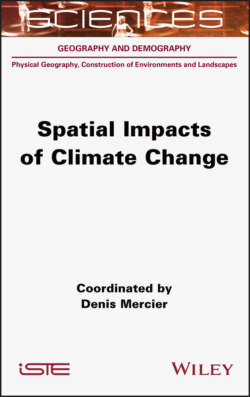Читать книгу Spatial Impacts of Climate Change - Denis Mercier - Страница 34
2.6. Conclusion
ОглавлениеThe contemporary melting of the terrestrial and marine cryosphere is a reality observed at high latitudes as well as in the mountains. Although this melting has had many precedents in the history of our planet, the consequences of this loss of ice and snow cover have repercussions on different spatial scales, from the global to the local level.
Some of the consequences will be global, such as sea level rise related to the melting of the Earth's cryosphere. Although the melting of the marine cryosphere does not induce sea level rise, the melting of the Arctic sea ice does have an impact on the North Atlantic thermohaline circulation and thus has implications for the general atmospheric circulation. Locally, the disappearance of glaciers induces changes in the morphogenic dynamics that cause hazards, potentially dangerous for populations, and in plant colonization.
Moreover, climate predictions for the late 21st Century and for the centuries to come converge to affirm that the melting of the various components of the cryosphere will continue (IPCC 2019). This long-term evolution is doubly logical, on the scale of the current global warming and on the scale of the interglacial period in which humanity has been living for thousands of years.
